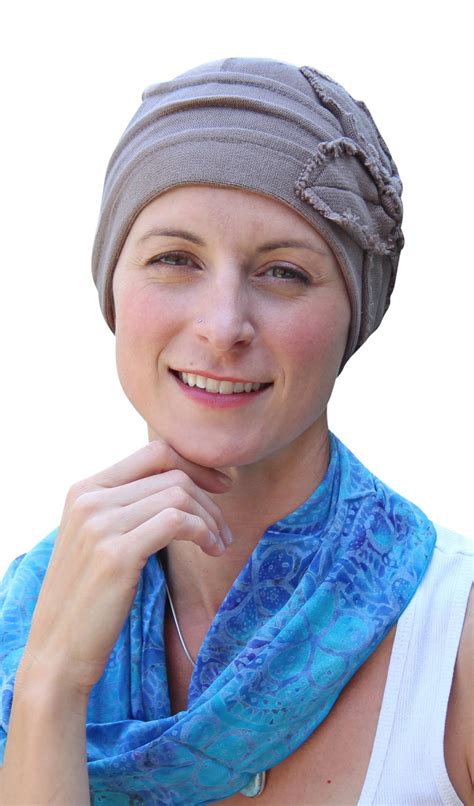Undergoing chemotherapy can take a significant toll on both the body and the mind. Many patients experience hair loss as a side effect of this treatment, which can be an emotionally and physically challenging aspect of the process. Head coverings can provide a sense of comfort, dignity, and self-confidence for these individuals.

The Benefits of Head Coverings
- Comfort: Head coverings can provide warmth, especially for patients who are experiencing cold sensitivity as a side effect of chemotherapy.
- Protection: They can protect the scalp from sun exposure, wind, and dust.
- Privacy: For patients who prefer to keep their hair loss private, head coverings can offer a discreet way to conceal it.
- Emotional support: Head coverings can help patients feel more positive about their appearance and reduce anxiety about their physical changes.
Types of Head Coverings
There is a wide range of head coverings available for chemotherapy patients, including:
- Hats: From beanies and scarves to stylish turbans and fedoras, there are many fashionable hats that can provide comfort and coverage.
- Wigs: For patients who prefer to maintain the illusion of hair, wigs are an option that can be customized to match their natural hair color and style.
- Headbands: These can be worn alone or under other head coverings to add warmth or decorative elements.
- Scarves: Silk, cotton, and bamboo scarves offer a lightweight and breathable option that can be tied in various ways to create different looks.
Choosing the Right Head Covering
When selecting a head covering, it’s important to consider the following factors:
- Comfort: Choose a material that feels soft and comfortable against the skin, especially if you have sensitive skin.
- Coverage: Consider the amount of coverage you need and the style that you prefer.
- Versatility: Some head coverings can be worn in multiple ways, providing you with a variety of looks.
- Washability: It’s helpful to choose head coverings that are easy to wash and dry, especially if you plan to wear them frequently.
Beyond Cancer: Other Applications of Head Coverings
While head coverings are primarily known for their use during chemotherapy, they have also found other applications:
- Alopecia: Patients with alopecia areata or other hair loss conditions can benefit from head coverings to conceal their condition.
- Fashion: Head coverings can be used as a fashionable accessory, adding a touch of style and flair to any outfit.
- Religious and cultural observance: Some religions and cultures require or encourage the wearing of head coverings.
- Medical conditions: Head coverings can also protect the head from sun exposure, wind, and dust in situations such as sun sensitivity, scalp irritation, and post-surgery recovery.
Tips and Tricks for Wearing Head Coverings
- Accessorize: Add a touch of style with jewelry, scarves, or hair accessories to complement your head covering.
- Experiment with different styles: Don’t be afraid to try different types of head coverings to find the one that suits you best.
- Take care of your head coverings: Wash them regularly and store them properly to extend their lifespan.
- Seek professional help: If you’re having trouble finding the right head covering or feeling self-conscious about wearing one, consider seeking support from a cancer support group or a professional stylist.
Table 1: Head Covering Options for Different Needs
| Need | Head Covering Option | Benefits |
|---|---|---|
| Comfort | Beanies, soft scarves | Provide warmth and softness |
| Protection | Turbans, wigs | Protect from sun, wind, and dust |
| Privacy | Hats with full coverage | Conceal hair loss |
| Fashion | Stylish fedoras, trendy scarves | Enhance appearance and boost confidence |
Table 2: Benefits of Head Coverings for Specific Conditions
| Condition | Benefit |
|---|---|
| Chemotherapy | Reduce anxiety, boost confidence |
| Alopecia | Conceal hair loss, enhance self-esteem |
| Sun sensitivity | Protect scalp from UV rays |
| Post-surgery recovery | Protect head from external factors |
| Religious and cultural observance | Adhere to customs and traditions |
Table 3: Types of Head Coverings and Their Versatility
| Type | Versatility |
|---|---|
| Beanies | Can be worn with various outfits, casual and formal |
| Turbans | Can be styled in different ways to suit personal preferences |
| Wigs | Can be customized to match natural hair color and style |
| Headbands | Can be worn alone or under other head coverings |
Table 4: Tips for Choosing the Right Head Covering
| Tip | Explanation |
|---|---|
| Consider comfort | Choose soft and breathable materials |
| Determine coverage needs | Select a head covering that provides the desired coverage |
| Experiment with styles | Try different types of head coverings to find the most flattering |
| Seek professional help | Consult with a stylist or cancer support group for guidance |
